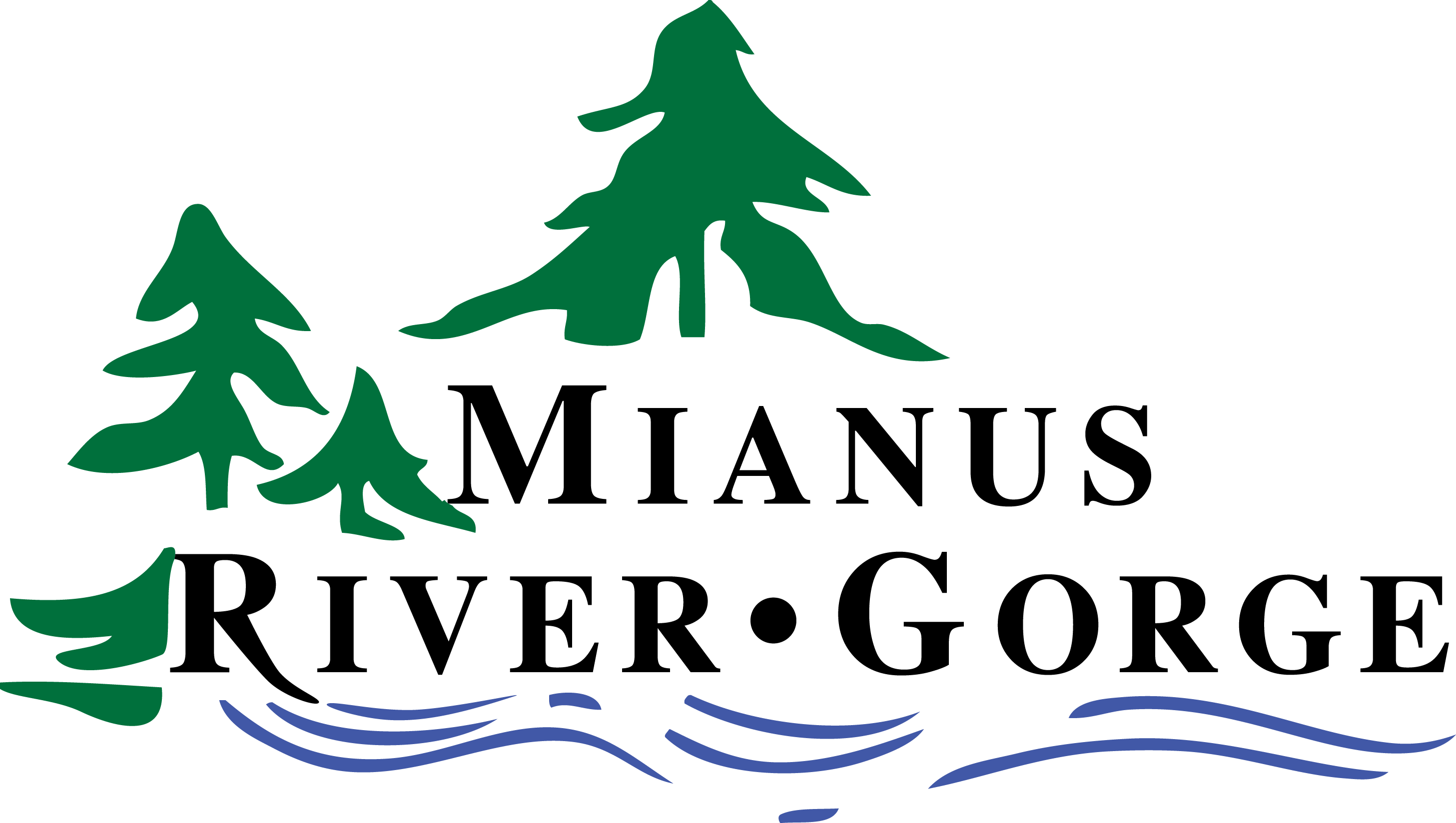
Wildlife Tech Class of 2021
Blind Brook High School
Mentor: Chris Nagy (MRG)
Project: Assessing Understory Recovery in a Northeastern Forest Following 15 Years of Deer Management
Project Status: Completed
Project Description: Browsing by highly abundant white-tailed deer (Odocoileus virginianus) limits the regeneration of forest understories in many parts of the northeastern United States. Deer management programs (DMPs) are commonly used by land managers to reduce deer densities in overbrowsed forests. This study examines the impact of a 15-year-long DMP on the understory of an old growth hemlock and second-growth hardwood forest in suburban New York. 22 plots throughout the study site were surveyed every 3-4 years from 2004-2019. All woody stems surveyed were grouped into three size classes; seedlings (<0.3m), saplings (0.3m-0.9m), and transgressives (>0.9m). Woody species richness, diversity, and stem density increased substantially in the seedling and sapling size classes but remained relatively constant for the transgressive class. Generalized linear mixed-effects models were constructed to examine the impact of deer density, forest type, canopy cover, and time on species richness, native stem density, and total stem density. In the most supported models, stem density and species richness increased as deer density declined. Models that included forest type (hardwood or coniferous) also performed well, though the factor had a more pronounced effect in the analysis of all stems than the analysis of solely native stems. This suggests that the proliferation of invasive species, which are more common in the hardwood plots, make up a substantial portion of the observed increase in stem density. The results indicate that regulating deer density through management programs is extremely important to effectively preserve forest health but progress can take decades and real success in terms of tree recruitment into the canopy has not yet been proven.
Chloe’s work was published in Forest Ecology and Management
